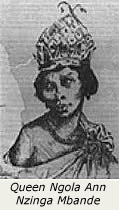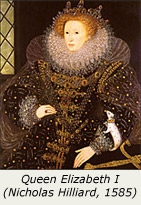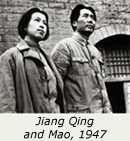
Introduction
All of these women are figures of historical importance in their own right.
- Queen Hatshepsut and Cleopatra of ancient Egypt
- Shaman-Queen Himiko, 3rd-century Japan
- Emperor Koken-Shotoku, Japan’s last reigning female emperor
- Queen Nzinga, who ruled in precolonial West Africa
- Queen Elizabeth I of 16th-century England
- Catherine the Great of 18th-century Russia
The history of women in the world more often includes names like these:
- Mumtaz Jahan, the wife of 17th-century Mughal Emperor Shah Jahan
- Eva Perón, the wife of 20th-century Argentine president Juan Perón
- Jiang Qing, the wife of Mao Zedong and member of the so-called Gang of Four
- Yang Guifei, the concubine of an early Tang dynasty emperor
These women reflected the importance of men with whom they were associated: husbands, fathers, sons, or, sometimes, consorts.
These women are all exceptional, in part because there are records that tell us about their lives and in part because they appear in world history textbooks. They all played important roles in economic, diplomatic, and political history and had formal or informal access to power.

Traditionally, historical writing focused on elites and often rendered women invisible unless they were queens or empresses. With the socio-political changes of the late 1960s, historical inquiry expanded to include a focus on race, class, and gender. This literature has begun placing women’s varied experiences worldwide in historical context.


